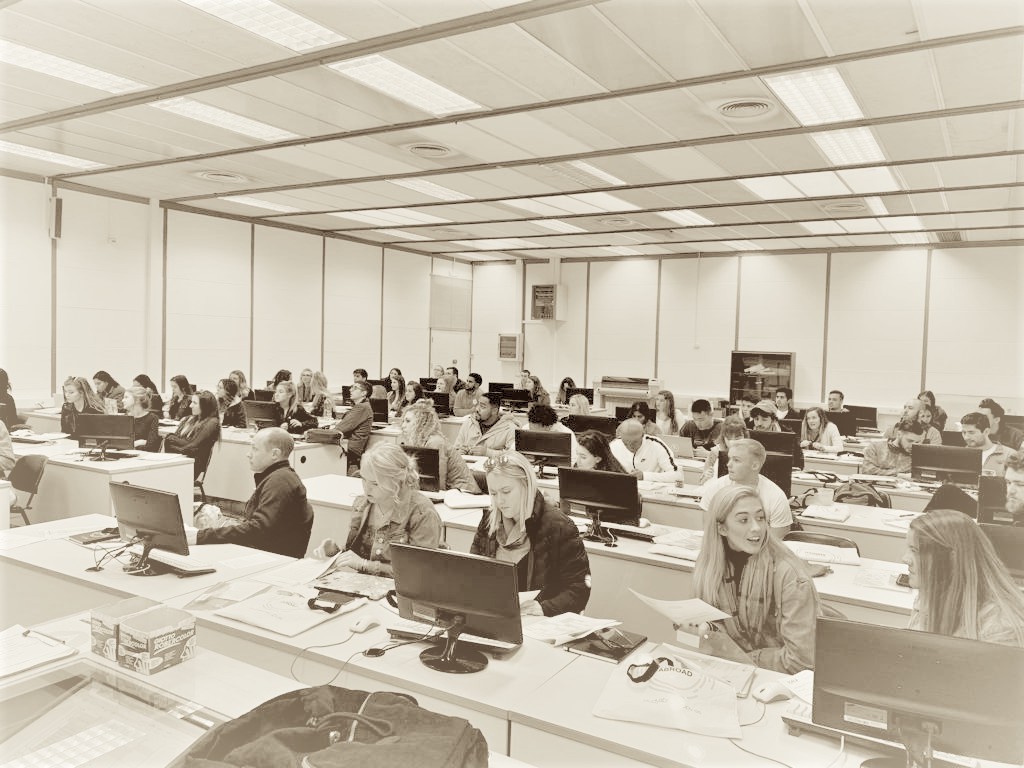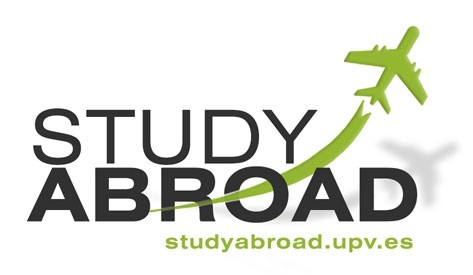
|
|

• Attendance
• Assessments
• Sexual Harassment Policy
• Students With Disabilities
• Academic Honesty Policy
• University Ombudsman
• Statement On Audio And Video Recording
• Syllabus Change Policy
Physics for Scientists and Engineers I + Lab
4 Credits | 100 Level | 68 Contact hours
Physics for Scientists and Engineers, 9th Edition (Serway and Jewett)
ISBN: 978-1133947271
The theorical course provides an introduction to physics for engineers, especially in the fields of mechanics, which includes kinematics, motion in one and two dimensions, dynamics, the laws of motion, energy, conservation of energy, rotation of a rigid object, and angular momentum, statics and elasticity, fluid mechanics, oscillations, and mechanical waves. This course aims to teach basic concepts for understanding the physical world. The acquisition of specific skills and understanding of the material is crucial to problem-solving ability. The lectures are oriented toward helping students understand the concepts and how to solve problems.
The purpose of the physics laboratory is to allow students to witness the concepts and physical laws introduced in the lecture. Students will also be exposed to elementary laboratory techniques. Every class will have a short course introducing the procedures, concepts, formulas, and instructions relevant to the experiment. The lecture will also cover what is expected in your lab report. Attendance and participation are mandatory. Experiments will usually be performed in pairs, but each student will turn in an individual lab report.
TOPIC 1. Kinematics. Motion in One and Two Dimensions
TOPIC 2. Dynamics. The Laws of Motion
TOPIC 3. Energy. Conservation of Energy. Linear Momentum
TOPIC 4. Rotation of a Rigid Object and Angular Momentum
TOPIC 5. Statics and Elasticity
TOPIC 6. Fluid Mechanics
TOPIC 7. Oscillations
TOPIC 8. Mechanical Waves
Laboratory:
• Lab 1 :Experimental uncertainties
• Lab 2 : Uncertainty propagation and fitting
• Lab 3: Uniform linear motion
• Lab 4: Accelerated linear motion
• Lab 5: Free fall of a body
• Lab 6: Friction
• Lab 7: Overturn
• Lab 8: Circular motion
• Lab 9: Harmonic oscillations
• Lab 10: Damped oscillations
• Lab 11: Standing waves
Upon successful completion of this course, students will be able to:
• The student will demonstrate problem-solving skills in various types of problems in physics using quantitative reasoning, critical thinking, and appropriate mathematical techniques.
• The student will demonstrate the ability to use scientific methods to understand and explain concepts in physics.
• The student will be able to connect physics concepts and problems to their world experience.
• The student will demonstrate skills in the collection and interpretation of data from laboratory experiments.
• Properly use and read scales, calipers, digital voltmeters, micrometers, and balances.
• Develop proper habits that minimize uncertainty in physical measurements.
• Use scientific methods to understand and explain concepts in physics.
• Connect physics concepts and problems to their world experience.
Class Participation and Attendance 10%
Homework 20%
Exams 70%
Laboratory:
Class Participation and Attendance 10%
Lab Reports 90%
|
